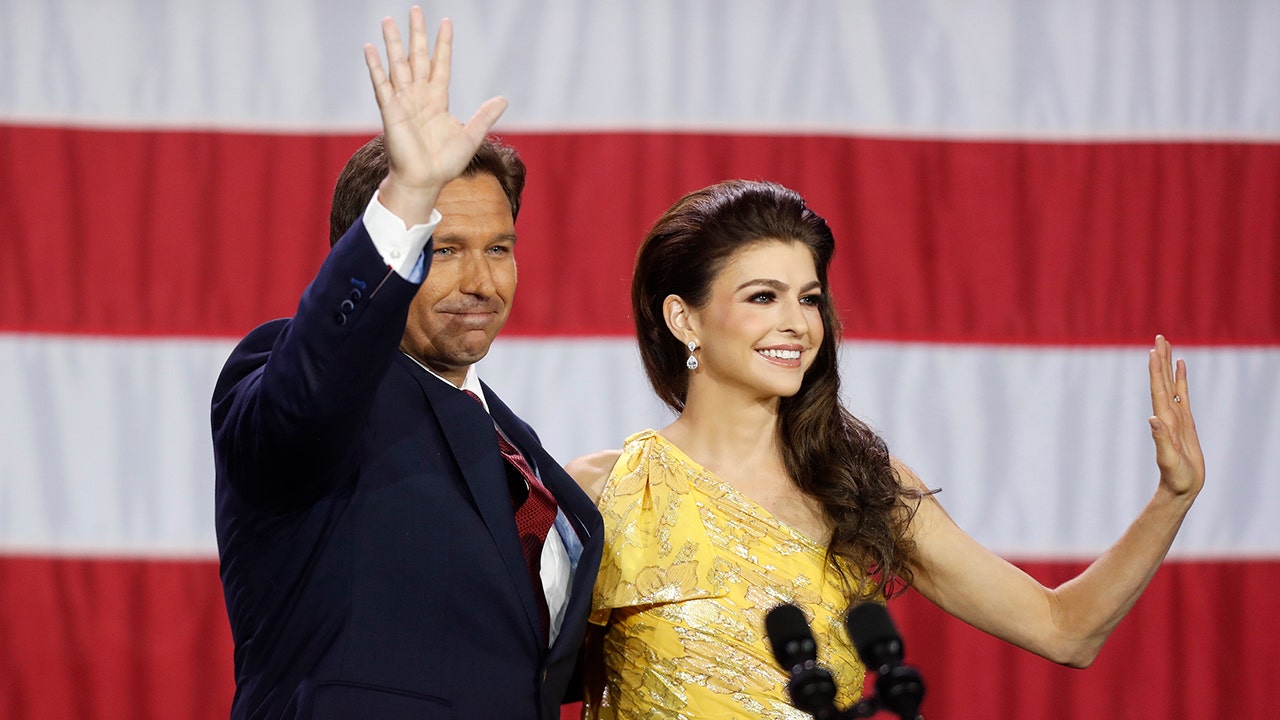High-lofted fairway woods have their place, but don’t I need a 3-wood for off the tee?

Question: I see you’ve been touting the benefits of higher-lofted fairway woods, but a lot of times I like to hit my 3-wood off the tee. What do you say people like me should be doing?
Answer: Let’s be clear: Some people can absolutely smoke a 3-wood, so we are in no way saying no one should be using them. But if you fall into that camp, you are a statistical anomaly.
More often, teeing off with 3-wood results in one of the worst feelings in golf. You’re on a par 4 with a narrow landing area. You opt to play safe with the 3-wood instead of your driver . . . but then don’t find the short grass. Total fail.
We’ve trotted out this data before, but it bears repeating. Information from Shot Scope, which tracks hundreds of thousands of shots from amateur golfers, showed a 3-wood was slightly more accurate than a driver off the tee (48 percent fairways hit compared to 46 percent with a driver). Hey, who doesn’t want to hit more fairways? Go with 3-wood, right?
Not so fast. The tradeoff probably isn’t worth it. Why? The numbers also show that players, on average, give up 19 yards in distance by going to the shorter club. Having two clubs more into greens, like a 5-iron instead of a 7-iron, seems to us to be a big price to pay for hitting two extra fairways for every 100 tee shots.
But wait, don’t tour pros like Scottie Scheffler regularly hit 3-wood off the tee? Sure. Tour pros often hit less than driver when trying to shape the ball or run the risk of running out of fairway if they nut a driver. You, my friend, are not Scottie Scheffler.
“Drivers have much larger, more forgiving heads that can help keep the face square on off-center impact and lead to greater accuracy for many,” said Jason Fryia, co-owner of The Golf Exchange when we busted this myth in 2022. “The larger footprint of the driver allows for more adjustability and therefore a driver can likely be better fit to produce more accurate results. The same thing can be said for the greater amount of driver clubheads available in the market today. For these reasons, a properly-fit driver is often more accurate than a 3-wood.”
The Shot Scope data puts it into further perspective. The overall average in the research showed tee shots with the driver going 207 yards, the performance average at 222 yards and the longest shot averaging 246 yards. With the 3-wood, those numbers dropped to 188, 194 and 222 yards, respectively. That’s a difference of 19 yards on average; 28 yards on solid strikes and 24 yards on the Sunday punch.
What does it all mean? The easy answer is, it’s better to hit driver every time. The other option is to learn how to find more fairways with your 3-wood, which not only makes for approach shots from better lies but also lessens the distance gap, as shots that hit the fairway tend to roll more than those in the taller grass. But you might need some lessons to take advantage of that.
Related
TGL highlights: Celine Dion busts out in song at last…
Jupiter Links Golf Club faced off with Atlanta Drive Golf Club in the final TGL match of the regular season Tuesday.Tiger Woods, Tom Kim and Max Homa were in ac
Florida governor spotlights timely golf outing he and Casey DeSantis…
Florida Gov. Ron DeSantis took to social media on Tuesday to share a photo from a golf outing he and his wife, first lady Casey DeSantis, had with President Do
Arnold Palmer Invitational Best Bets and Golf Odds
Arnold Palmer Invitational Best Bets and Golf Odds: Joe Highsmith accomplished something that had not been done in nine years — make the weekend cut on th
TGL leaderboard: Live updates, TV channel for Tiger Woods’ golf…
Tiger Woods, Jupiter Links talk about 'embarrassing' TGL wedge shot"That was one of the most embarrassing things to ever happen. I can't believe that just happe










